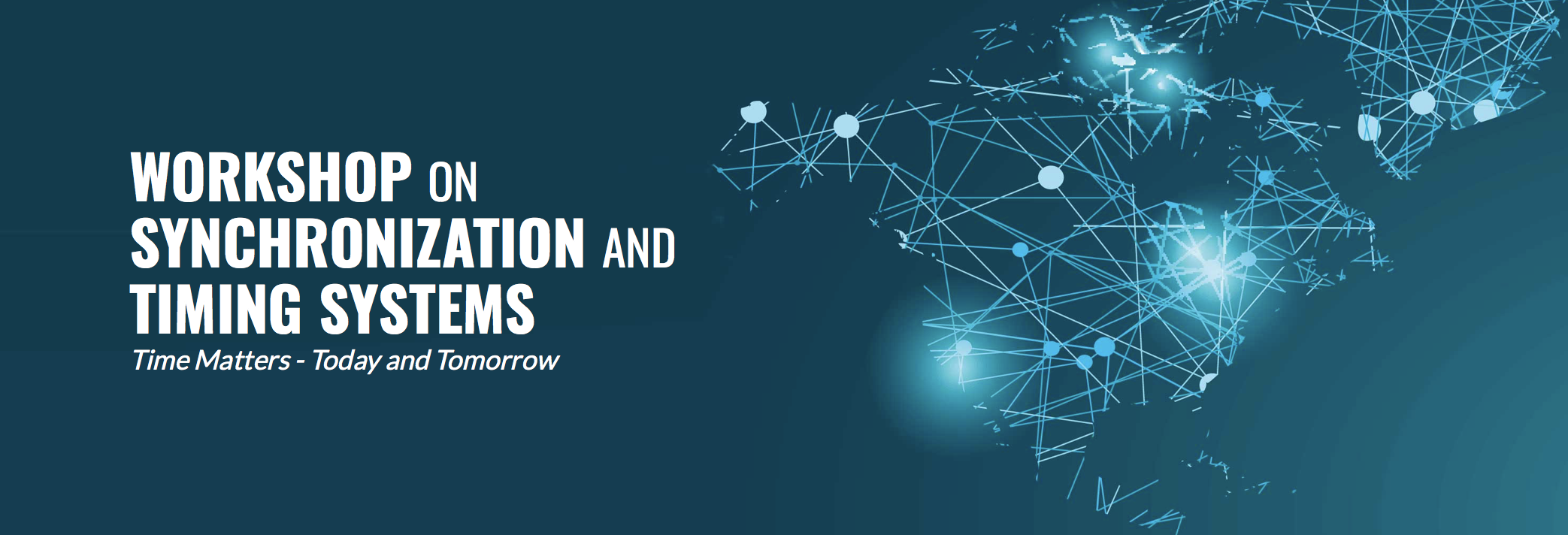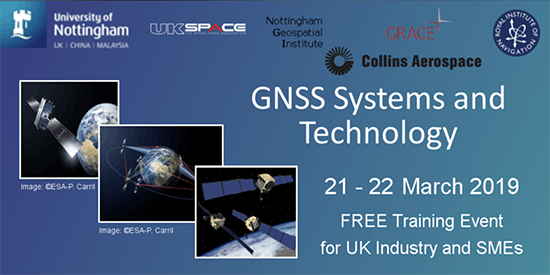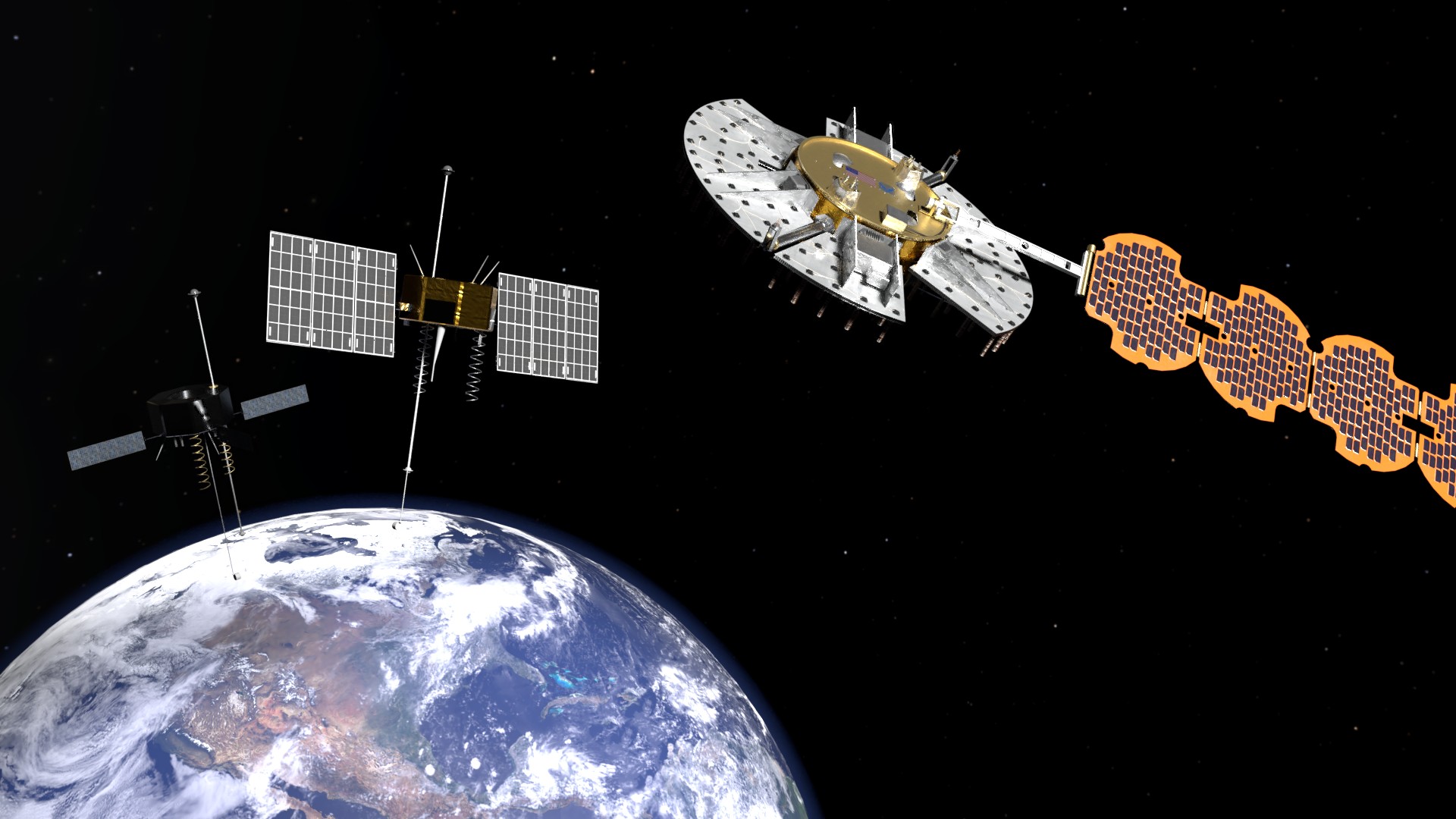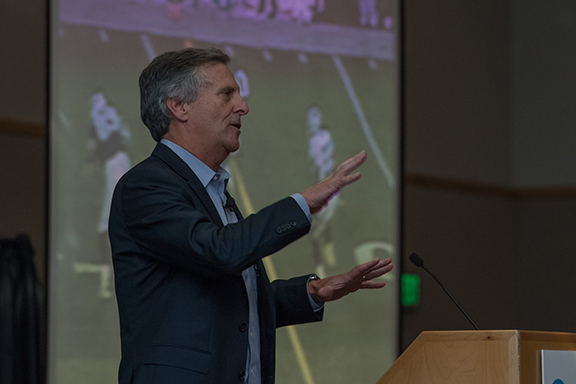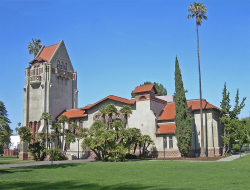 Tower Hall at San Jose State University. Photo source: Wikimedia Commons.
Tower Hall at San Jose State University. Photo source: Wikimedia Commons.The 26th annual Workshop on Synchronization and Timing Systems (WSTS), sponsored by The National Institute of Standards and Technology (NIST) and ATIS, will take place April 3-6 at the DoubleTree in Jan Jose, California.
The 26th annual Workshop on Synchronization and Timing Systems (WSTS), sponsored by The National Institute of Standards and Technology (NIST) and ATIS, will take place April 3-6 at the DoubleTree in Jan Jose, California.
The vendor-neutral technology workshop will address evolving sync requirements, as well as the roll-out of new sync systems and standards, and how these affect industries and equipment manufacturers. A number of the sessions will address GNSS-related topics, including a Keynote Address on April 6 titled: “GPS Timing – Can You Live Without It?” by James W. Platt, director, Navigation and Timing Office, Department of Homeland Security.
Also on Day 3 (April 6) of the event, NIST Consultant Marc Weiss will present: "ATIS SYNC Technical Report on GPS Vulnerabilities."
The WSTS is managed by a Steering Committee composed of synchronization experts representing a cross section of users, manufacturers and professionals associated with synchronization in a variety of industries. The Committee sets the strategic priorities for the event and defines the main topics to be addressed each year.
Accurate time synchronization is an essential driving force in the success of today’s most commonly used technologies. Telecom, finance, utilities, broadcast, transportation, Internet of Things (IoT), and defense are evolving with critical timing enablers in many of their systems.
In the finance industry, markets are coming under tighter restrictions on time-stamping of trades. The power industry needs accurate reliable time for managing the grid. Smart Transportation Systems will need a number of types of precision timing to support a wide variety of systems and services. In the IoT, many are forecasting an unprecedented growth of endpoints to the network that will require time-stamping in sensors and latency control. Defense systems require various kinds of timing to support actions and services in challenged environments.
Also, greater awareness is developing of GPS and GNSS vulnerability to intentional and unintentional interference. Today’s networks face challenges as they support both existing and emerging services that have a variety of sync needs: time, frequency and phase synchronization.

